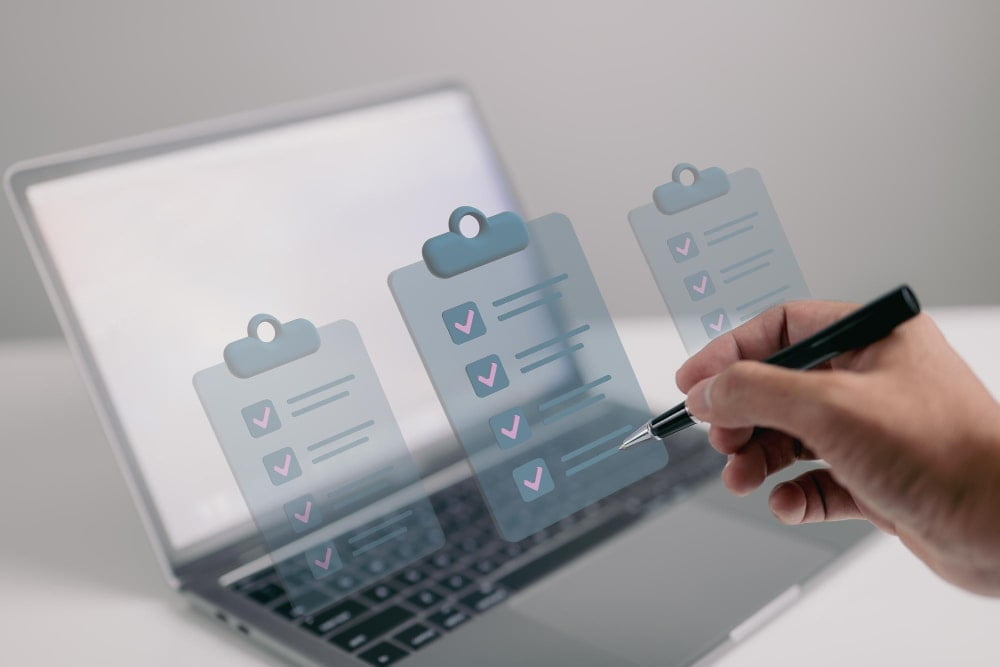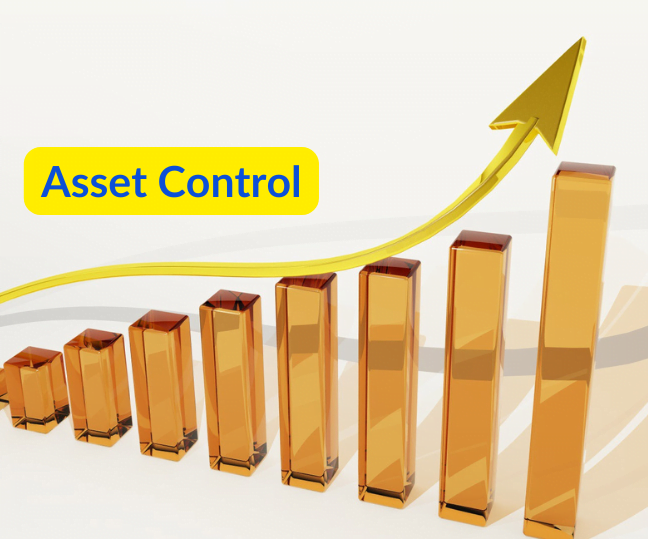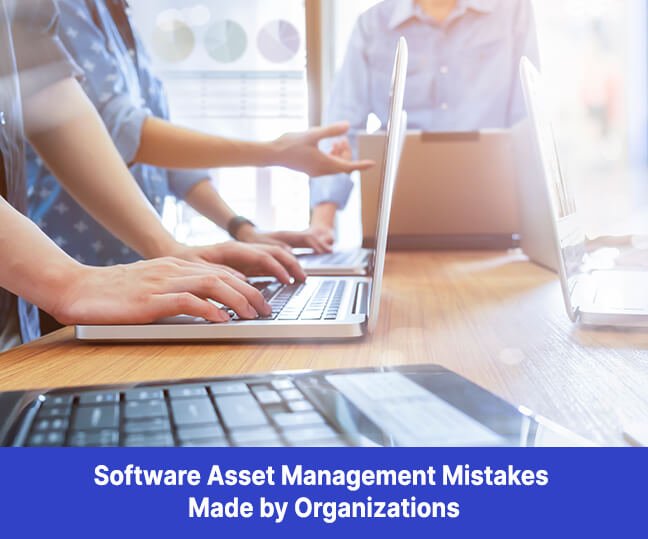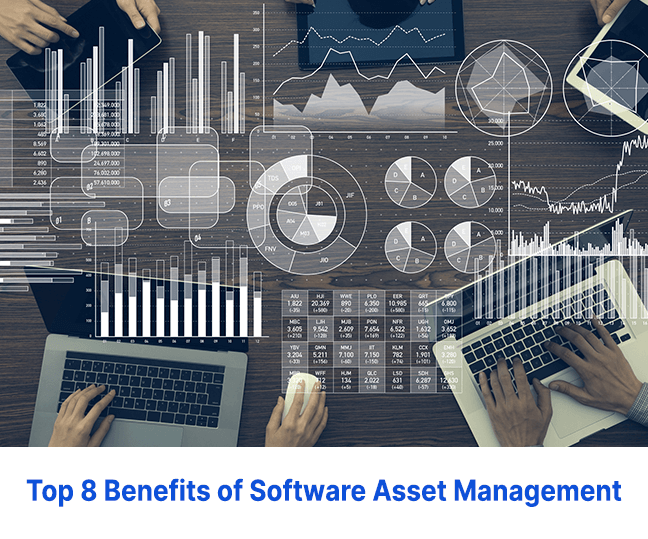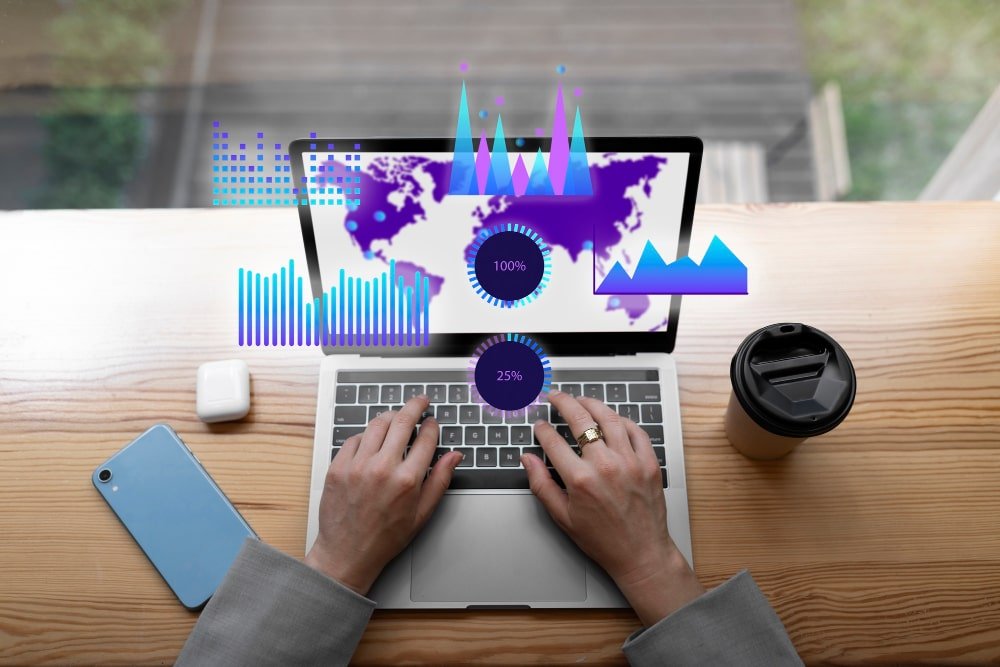Introduction
Asset tracking software is a powerful tool that enables organizations to efficiently manage and monitor their valuable assets throughout their lifecycle. Whether it’s physical equipment, IT assets, or inventory, asset tracking software provides a centralized system to track, record, and analyze asset data in real time. By leveraging barcode scanning, RFID technology, or GPS tracking, asset tracking software streamlines the process of tracking assets, improves inventory management, reduces loss or theft, and enhances overall operational efficiency. With automated workflows and comprehensive reporting capabilities, asset-tracking software empowers organizations to make informed decisions, optimize asset utilization, and ensure compliance with regulatory requirements.
Related blog: The 5 best asset tracking software in 2023
Benefits of Asset Tracking
Asset tracking software offers numerous benefits that can significantly impact a company’s bottom line and overall operations. One of the primary advantages is improved inventory management. By accurately tracking and monitoring assets in real time, companies can optimize inventory levels, reduce stock-outs, and prevent overstocking, resulting in cost savings and enhanced operational efficiency. Additionally, asset tracking software helps minimize losses by deterring theft, misplacement, or unauthorized use of assets, leading to reduced financial losses and improved asset utilization.
Another key benefit is increased efficiency and productivity. Asset tracking software automates manual processes such as data entry, asset identification, and tracking, eliminating the need for time-consuming and error-prone manual methods. This streamlines workflows reduces administrative burden, and enables employees to focus on more value-added tasks. The software’s centralized database provides quick access to asset information, facilitating faster asset location, maintenance schedules, and repairs, leading to improved productivity and minimized downtime.

Asset tracking software also ensures regulatory compliance. With ever-changing regulations and industry standards, organizations need to demonstrate adherence to compliance requirements. Asset tracking software enables companies to accurately record and report asset information, maintenance history, and calibration data, ensuring compliance with regulations such as safety, quality, and environmental standards. This not only mitigates risks associated with non-compliance but also fosters a culture of accountability and transparency.
Asset tracking software contributes to customer satisfaction and loyalty. When companies efficiently manage their assets, they can consistently meet customer demands, fulfill orders promptly, and provide accurate information on product availability. This enhances customer satisfaction, builds trust, and strengthens brand reputation. Customers appreciate timely deliveries, improved service levels, and the ability to track their orders throughout the supply chain.
For instance, in the healthcare industry, asset-tracking software plays a crucial role in patient safety and regulatory compliance. Cardiac surgical teams rely on asset tracking systems to ensure that all necessary equipment, such as surgical instruments and devices, are properly sterilized, calibrated, and accounted for. This compliance with patient safety regulations is achieved through accurate asset tracking, reducing the risk of errors, and improving patient outcomes.
Types of Asset Tracking Software
Clearly, asset tracking software offers various types of solutions to cater to diverse needs. Mobile apps provide on-the-go convenience, while cloud-based solutions offer scalability and reliability. On-premise solutions provide complete control over the system, and custom fields enable personalized asset tracking. By choosing the most suitable type of asset-tracking software, organizations can streamline their asset management processes, enhance efficiency, and gain valuable insights for informed decision-making.
- Mobile apps: Mobile apps have become an indispensable component of asset-tracking software, offering users the convenience of managing assets on the go. Available on both iOS and Android platforms, these apps enable users to perform check-in, check-out, and service procedures across multiple locations with ease. Integration with barcode, QR code, and RFID systems simplifies asset identification and tracking, making actions seamless and efficient. The benefits of accessing the system through a mobile app include real-time information syncing, eliminating the need for additional equipment expenses, and providing users with the flexibility to manage assets anytime, anywhere.

- Cloud-based solutions: Cloud-based solutions offer a reliable, scalable, and secure approach to asset-tracking software. With servers located across the globe and a 99.99% uptime guarantee, users can access their asset management platform effortlessly. By leveraging a cloud-hosted environment, users can save time and money on IT work, as server hosting and maintenance are handled by the service provider. Real-time updates can be accessed from any device, ensuring data consistency and accessibility. Cloud-based solutions also provide advanced security measures and certifications to safeguard tracking data, giving users peace of mind.
- On-premise solutions: For those seeking complete control over their asset management system, on-premise solutions offer a viable option. By installing their own server and implementing their own security measures, users can take ownership of their asset-tracking software. IT teams can manage and maintain the system securely, ensuring data integrity and confidentiality. This solution allows for customization according to specific organizational needs, enabling users to tailor the system to their unique requirements.
- Custom fields: Custom fields provide users with the flexibility to track and manage unique details that are relevant to their asset management processes. These fields allow for custom segmentation of items, enabling users to categorize assets based on their specific attributes. Custom folders provide a convenient way to organize inventory according to user preferences, making it easier to locate and manage assets efficiently. The label generation feature further enhances asset tracking by allowing users to add barcode labels to a physical inventory, streamlining identification and tracking processes.
Features of Asset Tracking Software
The features of asset tracking software are designed to revolutionize the way businesses manage their assets. From mobile devices and physical assets to real-time monitoring and automated alerts, these features offer a comprehensive solution for efficient asset management. With these powerful capabilities at their disposal, businesses can optimize asset management, improve operational efficiency, and drive better business outcomes.
Mobile Devices & Physical Assets
Asset tracking software accommodates the use of mobile devices and effectively manages physical assets. With the increasing reliance on mobile devices in our daily lives, asset-tracking software recognizes the need for mobile accessibility. Users can conveniently manage assets, scan barcodes, take pictures, and tag assets using their smartphones and tablets. The software facilitates seamless asset management on the go, ensuring that users can add and edit assets from any location at any time. With a parent-child relationship for each asset, physical assets are better organized and tracked, providing enhanced visibility and control.
Real-Time Monitoring & Actionable Insights

Asset tracking software provides real-time monitoring and actionable insights to optimize asset management. Through real-time alerts and feedback, users can make better-informed decisions regarding asset-related events. Trigger notifications, such as low inventory alerts or maintenance reminders, save valuable time and empower users with critical information. The software allows tracking of various asset types, including network devices and physical assets, ensuring maximum uptime and security for businesses. Customizable reports and dashboards provide valuable insights into key metrics like asset utilization and maintenance costs, enabling data-driven decision-making. Automated alerts and email notifications keep users informed of important events, such as low inventory levels or warranty expirations, streamlining operations and enhancing efficiency.
Unlimited Users & Multiple Locations
Asset tracking software efficiently handles multiple locations and accommodates unlimited users. Users can view all locations on a map, facilitating inventory count and management across various sites. Customizable user access ensures that the right people have access to asset information, enhancing collaboration and accountability. The Itemit app, for example, empowers users to regain control over their asset tracking by providing built-in scanning capabilities for both QR codes and barcodes. This versatility and flexibility enable businesses to streamline asset tracking across multiple locations and involve all relevant stakeholders.
Automated Alerts & Email Notifications
Asset tracking software offers automated alerts and email notifications, improving operational efficiency. Users receive email alerts notifying them of scheduled maintenance and repairs for their valuable assets and equipment. Various types of alerts can be set up, including date-based alerts, ensuring timely action and effective planning. Custom notifications can be configured to keep everyone informed automatically, fostering seamless communication and reducing manual follow-up. By automating alerts and notifications, asset-tracking software helps businesses stay on top of critical asset-related events and proactively address maintenance needs.
Track History & Network Devices
Asset tracking software enables users to track the history of physical assets and monitor network devices. Tracking the history of assets provides valuable information about their location, usage, repairs, and maintenance, enhancing asset management practices. In addition to physical assets, network devices such as computers, routers, and switches can also be tracked using asset-tracking software. This improves IT asset management by monitoring their activity, location, and performance. Real-time monitoring, automated alerts, and customizable reports are essential features of asset tracking software to effectively monitor asset history and manage network devices.
Related article: Top Asset Tracking Methods in 2023
Customizable Reports & Dashboards

Asset tracking software offers customizable reports and dashboards, providing actionable insights into asset management. Users can generate actionable reports and alerts using built-in templates or design custom reports to obtain insights into key metrics. Graphs generated from these metrics can be added to the dashboard, offering quick access to key performance indicators (KPIs) and facilitating data-driven decision-making. Customizable workflows allow organizations to tailor the software to their specific needs by customizing the navigation bar, renaming modules, and adding custom fields. This flexibility enables users to leverage the language and processes of their organization, enhancing usability and efficiency.
Software Licenses & Credit Card Processing
Asset tracking software includes features for tracking software licenses and facilitating credit card processing. Software license tracking allows users to monitor software usage, including costs and available seats. With the credit card processing feature, users can easily make payments and renew software licenses within the software platform. Having both software license tracking and credit card processing capabilities in one platform offers several benefits. Automated emails for low quantity or expiration dates of licenses ensure proactive license management. User license collaboration simplifies sharing and allocation of licenses. Organized contracts and licenses within the software streamline administrative tasks and provide a centralized repository for managing licensing agreements effectively.









